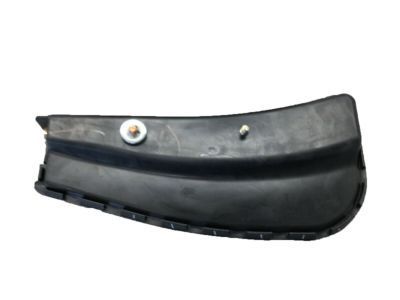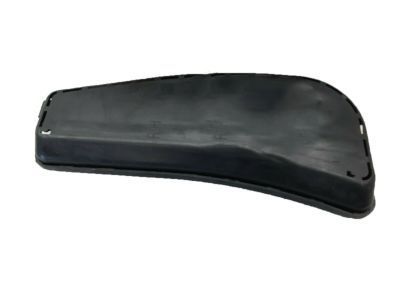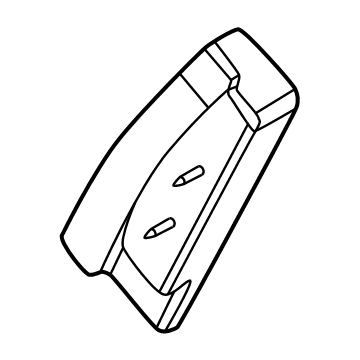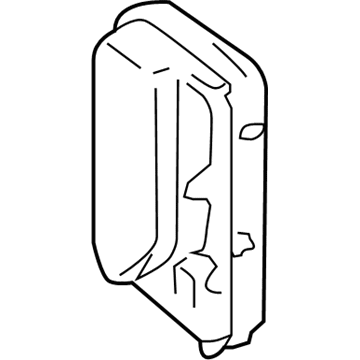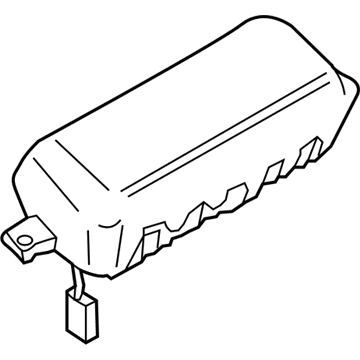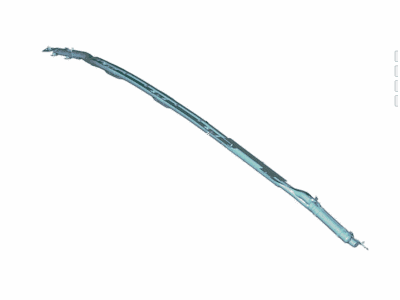

My Garage
My Account
Cart
Genuine Ford Mustang Air Bag
Air Bag Module- Select Vehicle by Model
- Select Vehicle by VIN
Select Vehicle by Model
orMake
Model
Year
Select Vehicle by VIN
For the most accurate results, select vehicle by your VIN (Vehicle Identification Number).
144 Air Bags found
Ford Mustang Module - Air Bag
Part Number: FR3Z-63611D10-C$248.91 MSRP: $367.12You Save: $118.21 (33%)Ships in 1-3 Business DaysFord Mustang Module - Air Bag
Part Number: FR3Z-63611D10-B$248.91 MSRP: $367.12You Save: $118.21 (33%)Ships in 1-3 Business DaysFord Mustang MODULE - AIR BAG
Part Number: JR3Z-63611D10-E$203.50 MSRP: $297.52You Save: $94.02 (32%)Ships in 1-3 Business DaysFord Mustang MODULE - AIR BAG
Part Number: JR3Z-76611D10-C$171.92 MSRP: $266.55You Save: $94.63 (36%)Ships in 1-3 Business DaysFord Mustang Module - Air Bag
Part Number: FR3Z-63044A74-D$409.19 MSRP: $640.35You Save: $231.16 (37%)Ships in 1-2 Business DaysFord Mustang Module - Air Bag
Part Number: FR3Z-63044A74-E$605.46 MSRP: $947.52You Save: $342.06 (37%)Ships in 1-2 Business DaysFord Mustang Module - Air Bag
Part Number: JR3Z-63044A74-A$412.41 MSRP: $649.67You Save: $237.26 (37%)Ships in 1-3 Business DaysFord Mustang Module - Air Bag
Part Number: JR3Z-63042D94-A$560.20 MSRP: $893.47You Save: $333.27 (38%)Ships in 1-2 Business DaysFord Mustang Module - Air Bag
Part Number: JR3Z-63042D95-A$570.93 MSRP: $893.47You Save: $322.54 (37%)Ford Mustang Module - Air Bag
Part Number: JR3Z-76611D10-B$171.92 MSRP: $266.55You Save: $94.63 (36%)Ford Mustang Module - Air Bag
Part Number: AR3Z-63611D10-A$148.12 MSRP: $202.39You Save: $54.27 (27%)Ships in 1-2 Business DaysFord Mustang Curtain Assembly
Part Number: FR3Z-63042D95-B$687.77 MSRP: $1096.92You Save: $409.15 (38%)Ships in 1-3 Business DaysFord Mustang Module
Part Number: 8R3Z-63044A74-BA$434.50 MSRP: $598.60You Save: $164.10 (28%)Ships in 1-2 Business DaysFord Mustang Module - Air Bag
Part Number: 5R3Z-63611D10-AA$148.12 MSRP: $202.39You Save: $54.27 (27%)Ships in 1-2 Business DaysFord Mustang Module - Air Bag
Part Number: 8R3Z-63611D10-A$148.12 MSRP: $202.39You Save: $54.27 (27%)Ships in 1-2 Business DaysFord Mustang Curtain Assembly
Part Number: FR3Z-63042D95-C$687.77 MSRP: $1096.92You Save: $409.15 (38%)Ships in 1-3 Business DaysFord Mustang Module
Part Number: 6R3Z-63043B13-AA$477.83 MSRP: $730.63You Save: $252.80 (35%)Ships in 1-3 Business DaysFord Mustang Module - Air Bag
Part Number: BR3Z-63044A74-BA$831.85 MSRP: $1301.80You Save: $469.95 (37%)Ships in 1-2 Business DaysFord Mustang Module - Air Bag
Part Number: FR3Z-63044A74-F$605.46 MSRP: $947.52You Save: $342.06 (37%)Ships in 1-2 Business DaysFord Mustang Module - Air Bag
Part Number: FR3Z-63044A74-B$409.19 MSRP: $640.35You Save: $231.16 (37%)Ships in 1-2 Business Days
| Page 1 of 8 |Next >
1-20 of 144 Results
Ford Mustang Air Bag
We provide a wide range of Ford Mustang Air Bag at the best prices possible. If you need Ford Mustang Air Bag, you can shop with confidence on our website. All our OEM parts come with a manufacturer's warranty and are delivered to your door step with a fast delivery service.
Ford Mustang Air Bag Parts Questions & Experts Answers
- Q: What is the general information regarding the Supplemental Restraint System and Air Bag on Ford Mustang?A:All models are equipped with a frontal impact airbag system known as the Supplemental Restraint System (SRS), designed to protect the driver and front seat passenger from serious injury during a head-on collision. The SRS is controlled by the Restraints Control Module (RCM), located on the center tunnel between the seats, and utilizes a pair of airbags: the driver's airbag in the steering wheel and the passenger airbag in the right end of the instrument panel. Key components include the clockspring, which delivers battery voltage to the steering wheel airbag, and the airbag readiness light on the instrument cluster. The seatbelts, integral to the SRS, feature pre-tensioners that remove slack when an impact is detected. The driver airbag inflator module, mounted in the steering wheel, inflates the airbag almost instantaneously upon receiving an electrical signal, while the passenger airbag, larger in size, is activated similarly and causes the trim panel to split open. In a collision, the RCM supplies current to the SRS and activates the seatbelt pre-tensioners, checking the system each time the vehicle starts and indicating status through the airbag readiness light. To ensure safety when working near airbags, the system must be disarmed by turning the ignition to the LOCK position, disconnecting the negative battery terminal, and waiting two minutes for the backup power supply to deplete. When handling an airbag, it should be positioned with the opening facing up, and resistance measurements of SRS components should be avoided to prevent accidental deployment. Live airbags must be returned to a dealer or qualified repair shop for safe disposal. Removal of the passenger airbag or RCM is not recommended; if servicing is necessary, it should be done by a dealer or qualified repair shop.
Related Ford Mustang Parts
Browse by Year
2024 Air Bag 2023 Air Bag 2022 Air Bag 2021 Air Bag 2020 Air Bag 2019 Air Bag 2018 Air Bag 2017 Air Bag 2016 Air Bag 2015 Air Bag 2014 Air Bag 2013 Air Bag 2012 Air Bag 2011 Air Bag 2010 Air Bag 2009 Air Bag 2008 Air Bag 2007 Air Bag 2006 Air Bag 2005 Air Bag 2004 Air Bag 2003 Air Bag 2002 Air Bag 2001 Air Bag 2000 Air Bag 1999 Air Bag 1998 Air Bag 1997 Air Bag 1996 Air Bag 1995 Air Bag 1994 Air Bag 1992 Air Bag
